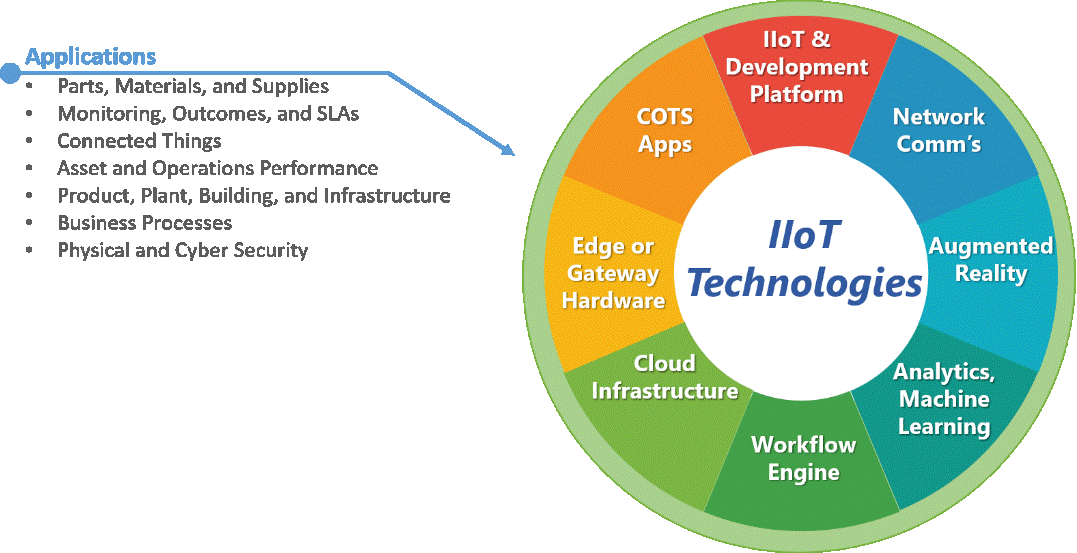

The 11th Asian Downstream Summit in Singapore, hosted by the Energy Market Authority, attracted over 800 attendees, 80 speakers, and 28 sponsors and exhibitors. ADS, considered the anchor oil and gas event of the Singapore International Energy Week (SIEW), provided a platform for networking, seeking partnerships, and showcasing technologies through relevant case studies. The three-track agenda focused on core refining & petrochemical technologies, innovation, asset management, energy efficiency, Industry 4.0 and digital transformation in the oil & gas sector. KBC (a Yokogawa company) held a readiness assessment workshop to help people identify the gap between their own organizations and the industry leaders; in particular the characteristics behind the digital leadership and change management practices of other organizations as these apply to digital transformation.
Other features at the Asian Downstream Summit 2018 included:
Tanushree Mulraj, Project Director (Clarion Events), ADS, said that 2018 has been an interesting year for the downstream oil & gas industry with technology redefining the way businesses operate. Next-generation technology is being used to drive transformation and innovation across refining, petrochemicals, and chemicals. Digital disruption is transforming the way business is done and creating a competitive advantage for companies to lower costs, improve time-to-market, empower team members and processes, and accelerate success. At this event I had the opportunity to listen to presentations by two speakers from ARC Advisory Group – US-based Paul Steinitz, Director Strategic Services; and Bob Gill, ARC’s Southeast Asia General Manager.

Paul’s presentation on the essential elements of digital transformation focused on the non-technical challenges of organizational readiness and aligning strategy to reality. The most visible part of digital transformation is the technology, he said - machine learning, analytics, and cloud architecture. There has been enough runtime to see some successes, and some lessons learned. Companies are finding pockets of success in asset failure prediction, process optimization, and product quality; but problems persist when it comes to execution and scale. These results are typically limited to narrow, often-siloed, uses of digital transformation technology, which are difficult to replicate across use cases and applications. This inhibits scalability. ARC conducted interviews with end user companies to understand their perspective about the digital transformation journey, and their responses were:
The survey responses make it clear that success needs to be measured and that change led, not just managed. He went on to elaborate on ARC’s maturity model for organizational readiness, the 12 categories to evaluate people and business processes, and the three–phase path to digital transformation:

Picking up where Paul left off, Bob spoke about the future challenges of cybersecurity in a digitally connected world. He said that preventing problems is essential to safety and profitability and for this IT/OT convergence is vital. In the Industrial IoT, “things” will include new devices, sensors, control systems etc. and use cases will increase as companies find innovative ways to leverage connectivity. Ubiquitous connectivity in smart cities will result in a multitude of attack vectors that need to be managed. Companies must move from individual to integrated cybersecurity programs to support digitalization initiatives. In this context he spoke about standards and ARC’s efforts in this direction. Bob also moderated an interesting panel discussion on millennials and the older generation in the workplace. Despite the many differences, the panelists arrived at the consensus that both have their strong points and flaws – so we should glean the good and help overcome weaknesses through constant interactions. The gap can be bridged through understanding and learning from each other.

